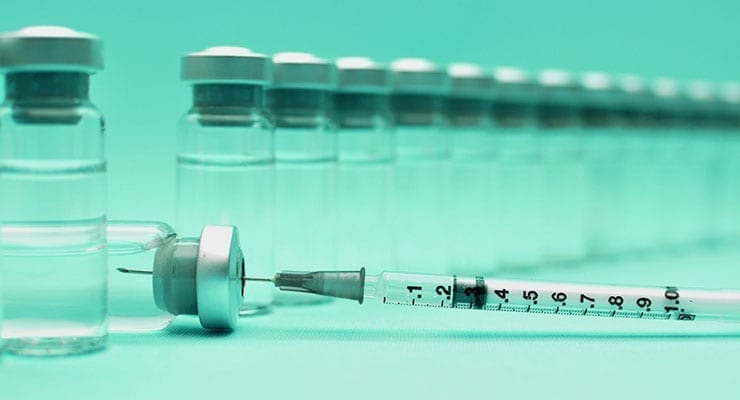Even though it happens every year, the influenza vaccine is a high-stakes game of forecasting and luck. The annual flu vaccine incorporates three or four viruses which should be, in theory, the ones circulating for that flu season. Thanks to antigenic drift, the flu mutates often, sometimes diverging from the vaccine strains. Further complicating the situation, public health authorities must look at the opposite hemisphere and last year’s data to try to predict which flu viruses will be most prevalent this year. It’s a year-round process or observation, forecasting, manufacturing, and self-assessment.
So how do they check how well the vaccine is performing?
The Centers for Disease Control and Prevention (CDC) offers a guide to how they assess flu vaccine effectiveness and efficacy in the United States. These are two slightly different measurements. Efficacy is measured with randomized controlled trials. This is a classic, high rigorous scientific setup designed to eliminate research biases. Effectiveness is measured with observational studies. These are more reflective of real world conditions, since they rely on self-identifying subjects seeking care.
Thanks to antigenic drift or just an incorrect forecast, the vaccine might not match the circulating strains well, but we don’t want to have to wait until after flu season is over to know whether that’s happening. To track year-to-year effectiveness, the CDC maintains the Vaccine Effectiveness Network. There’s an early estimate towards the start of flu season (often in January) and a final annual estimate, which has the last word on effectiveness. The CDC maintains these records online. Looking at the data, the early estimates for years where there was diminished effectiveness tend to reflect the final score, so this method is fairly good at identifying anomalies. You can see this relationship at work in the early estimate for the 2014-2015 flu season, which estimated effectiveness at 23%. It ended up having a final overall adjusted vaccine effectiveness of 19%. In this case, the H3N2 component of the vaccine varied a great deal from the (mostly H3N2) circulating flu.
It’s important to note that just because a vaccine has diminished effectiveness doesn’t mean it isn’t useful. The CDC notes that a vaccine in one of these years can still prevent some illness and complications.
Greg Mercer is pursuing a Masters of Science degree in Biodefense at George Mason University and writes for The Pandora Report.



